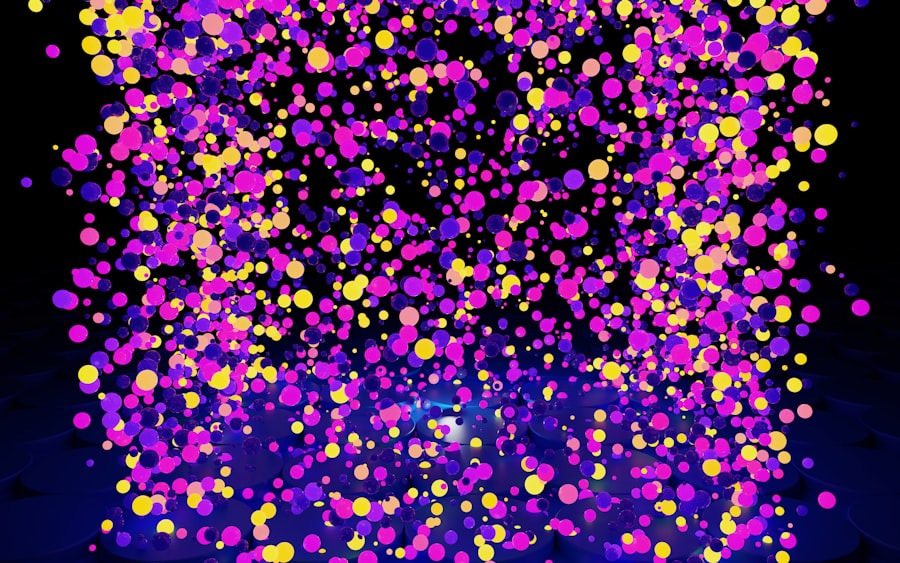Godzilla, the iconic kaiju that has captivated audiences since his debut in 1954, is not just a monster; he is a cultural phenomenon. His atomic breath, a signature weapon that has become synonymous with his character, has its roots deeply embedded in the post-war anxieties of Japan. Emerging from the shadows of World War II and the devastation wrought by nuclear weapons, Godzilla was conceived as a metaphor for the horrors of atomic warfare.
The creature’s ability to unleash a devastating beam of energy symbolizes the destructive power of nuclear technology, reflecting society’s fears and the consequences of humanity’s scientific advancements. As you delve into the origins of Godzilla’s atomic breath, it becomes clear that this power is more than just a fantastical element of a monster movie. It serves as a narrative device that encapsulates the struggle between nature and technology.
The atomic breath represents both the awe-inspiring potential of scientific discovery and the catastrophic outcomes that can arise when such power is misused. This duality resonates with audiences, making Godzilla not merely a monster to be feared but also a cautionary tale about the perils of unchecked technological progress.
Key Takeaways
- Godzilla’s atomic breath was inspired by the devastation of the atomic bombings of Hiroshima and Nagasaki in 1945.
- The physics behind Godzilla’s atomic breath involves a combination of nuclear fission and fusion reactions, resulting in a powerful energy release.
- The biological explanation of Godzilla’s atomic breath is rooted in the creature’s ability to store and release energy from its internal nuclear reactor.
- The evolution of Godzilla’s atomic breath in film has seen it transform from a simple blue flame to a powerful, destructive beam of energy.
- Real-life applications of Godzilla’s atomic breath could include energy production and propulsion systems inspired by the creature’s abilities.
The Physics Behind Godzilla’s Atomic Breath
The Inspiration from Real Scientific Principles
When considering the physics of Godzilla’s atomic breath, it’s essential to recognize that while it’s a fictional concept, it draws inspiration from real scientific principles. The breath is often depicted as a concentrated beam of energy, akin to a laser or a form of radiation.
The Visual Representation of Atomic Breath
This connection to real-world physics adds a layer of intrigue to Godzilla’s abilities, inviting viewers to ponder the scientific possibilities behind such a phenomenon. Moreover, the visual representation of atomic breath in films often showcases a brilliant blue or green glow, suggesting immense energy being released in a controlled manner. This portrayal can be likened to the way lasers operate, where light is amplified and focused into a coherent beam.
Imaginative Exploration of Scientific Possibilities
While Godzilla’s atomic breath may not adhere strictly to the laws of physics as we understand them, it serves as an imaginative exploration of what might be possible if nature and technology were to collide in such a dramatic fashion. This blend of science fiction and theoretical physics captivates your imagination and encourages you to think about the boundaries of scientific exploration.
The Biological Explanation of Godzilla’s Atomic Breath

To understand how Godzilla could biologically produce such an extraordinary weapon as atomic breath, you must consider the creature’s unique physiology. In various adaptations, Godzilla is depicted as a prehistoric reptilian creature with extraordinary regenerative capabilities and an immense size that defies natural laws. Some interpretations suggest that Godzilla’s atomic breath originates from specialized glands or organs within his body that can harness and convert energy from his environment.
This biological explanation posits that Godzilla might possess an organ similar to those found in certain species of electric fish or even some types of reptiles that can produce venom. By drawing on energy from his surroundings—perhaps through a process akin to photosynthesis or geothermal absorption—Godzilla could generate the immense power required for his atomic breath. This idea not only adds depth to his character but also invites you to consider how evolution might lead to such extraordinary adaptations in response to environmental pressures.
The Evolution of Godzilla’s Atomic Breath in Film
| Film | Year | Color | Duration |
|---|---|---|---|
| Godzilla | 1954 | Black and White | 3 seconds |
| Godzilla Raids Again | 1955 | Black and White | 3 seconds |
| King Kong vs. Godzilla | 1962 | Color | 5 seconds |
| Godzilla vs. Mechagodzilla | 1974 | Color | 10 seconds |
| Godzilla: King of the Monsters | 2019 | Color | 15 seconds |
As you explore the evolution of Godzilla’s atomic breath throughout film history, you will notice significant changes in its portrayal and significance. In the original 1954 film “Godzilla,” the atomic breath was depicted as a terrifying force that wreaked havoc on Tokyo, symbolizing the destructive power of nuclear weapons. As the franchise progressed, however, filmmakers began to experiment with different visual styles and narrative contexts, leading to variations in how this iconic ability was represented.
In later films, such as “Godzilla vs. King Ghidorah” and “Shin Godzilla,” the atomic breath evolved into more than just a weapon; it became a symbol of Godzilla’s identity and purpose. The breath was often portrayed with enhanced visual effects, showcasing its destructive potential while also emphasizing its role in battles against other kaiju.
This evolution reflects changing societal attitudes toward nuclear power and environmental issues, allowing audiences to engage with Godzilla on multiple levels—both as a monster and as a complex character navigating a world fraught with danger.
Real-life Applications of Godzilla’s Atomic Breath
While Godzilla’s atomic breath remains firmly in the realm of fiction, it does inspire real-life discussions about energy production and weaponry. The concept of harnessing immense energy for practical applications is not far-fetched; scientists are continually exploring ways to utilize nuclear fusion as a clean energy source. Fusion, which powers stars including our sun, has the potential to provide nearly limitless energy without the harmful byproducts associated with fossil fuels or traditional nuclear fission.
Moreover, discussions surrounding Godzilla’s atomic breath can serve as a metaphor for the ethical implications of scientific advancements. As you consider the potential applications of harnessing energy similar to that depicted in Godzilla films, it becomes crucial to reflect on how such power should be managed responsibly. The lessons learned from Godzilla’s destructive capabilities can inform contemporary debates about energy policy and environmental stewardship, urging society to tread carefully as we navigate the complexities of modern science.
The Cultural Impact of Godzilla’s Atomic Breath

Godzilla’s atomic breath has transcended its role as merely a plot device; it has become an integral part of global pop culture. From video games to merchandise, this iconic ability has permeated various forms of media, influencing how audiences perceive not only Godzilla but also larger themes related to power and destruction. The imagery associated with atomic breath—often depicted in vibrant colors and explosive effects—has left an indelible mark on visual storytelling.
Furthermore, Godzilla’s atomic breath serves as a cultural touchstone for discussions about nuclear power and environmental issues. As you engage with this aspect of Godzilla’s legacy, you may find that it resonates with contemporary concerns about climate change and technological advancements. The character’s evolution reflects society’s ongoing struggle with these themes, making Godzilla not just a monster but also a symbol of humanity’s relationship with nature and technology.
The Future of Godzilla’s Atomic Breath in Science and Entertainment
Looking ahead, the future of Godzilla’s atomic breath in both science and entertainment appears promising yet complex. In cinema, filmmakers are likely to continue pushing the boundaries of visual effects technology, allowing for even more spectacular depictions of this iconic ability. As audiences crave new experiences, you can expect innovative storytelling techniques that explore deeper themes related to power dynamics and environmental responsibility.
In terms of scientific exploration, discussions surrounding energy production will likely evolve alongside advancements in technology. As researchers work toward sustainable energy solutions, the metaphorical implications of Godzilla’s atomic breath may inspire new ideas about harnessing power responsibly. This intersection between science fiction and real-world applications invites you to consider how narratives like Godzilla’s can shape our understanding of complex issues facing society today.
Ethical Considerations of Unleashing the Science of Godzilla’s Atomic Breath
As you contemplate the ethical considerations surrounding the concept of unleashing something akin to Godzilla’s atomic breath in real life, it becomes clear that responsibility must guide scientific exploration. The potential for harnessing immense energy carries with it significant risks; history has shown us the devastating consequences when technology is mismanaged or weaponized. Therefore, discussions about energy production must prioritize safety and sustainability.
Moreover, engaging with these ethical dilemmas requires you to reflect on humanity’s relationship with nature and technology. Just as Godzilla embodies both destruction and resilience, our pursuit of knowledge must balance innovation with caution. By examining these themes through the lens of popular culture, you can gain valuable insights into how society navigates complex moral landscapes while striving for progress.
As you explore this iconic ability further, you will find that it invites reflection on humanity’s relationship with power, technology, and nature itself. Whether through film or scientific inquiry, the legacy of Godzilla continues to inspire dialogue about our past, present, and future.
For those interested in the science behind Godzilla’s atomic breath, a fascinating article on
